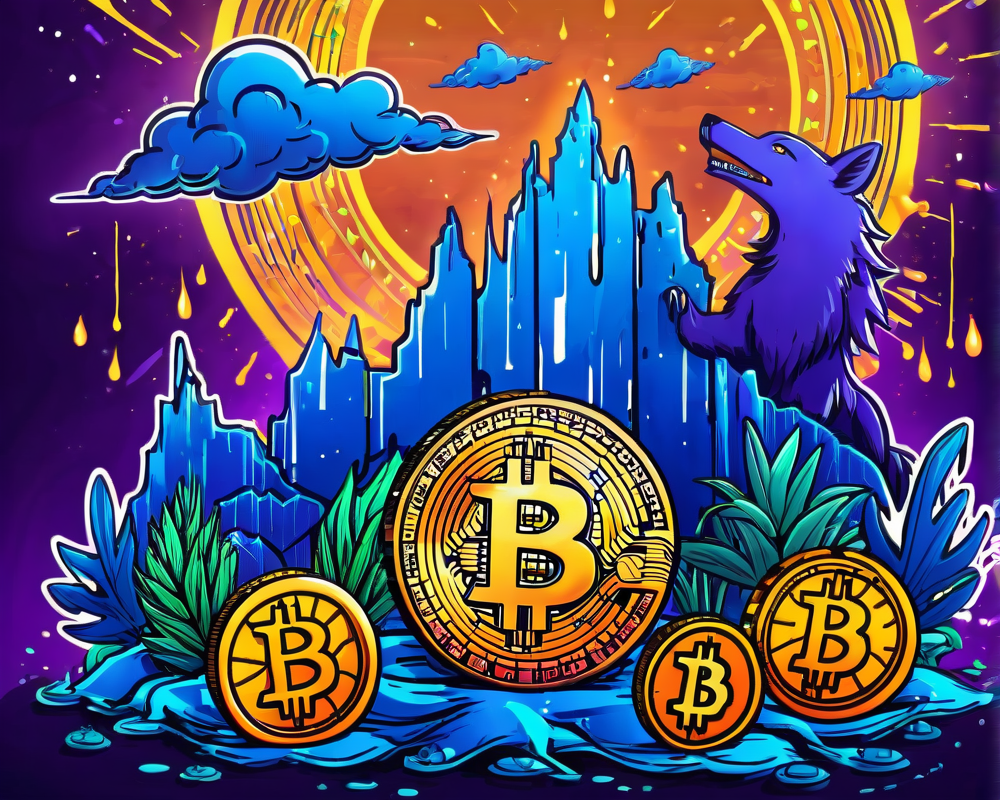Understanding the DNA of Volatility
Frank Holmes, the big cheese at US Global Investors, has some pretty fascinating views on the volatile world of cryptocurrencies, particularly Bitcoin and Ethereum. When he talks about the ‘DNA of volatility,’ he’s getting into the nitty-gritty of how much these digital coins (and others) fluctuate in price over time.
Each asset has its own fingerprint when it comes to price swings. For instance, Tesla and Ethereum both sport a cool 5% volatility, while the S&P 500 and gold are playing it safe at just 1%. This isn’t just a fun fact to share at parties—Holmes believes that high volatility can symbolize disruptive forces in the market.
Disruptive Forces and Similarities
One might wonder why crypto has the same rollercoaster ride as stocks of car manufacturers. Well, according to Holmes, it boils down to disruption. Think about it: Tesla’s changing up the entire automotive game, while cryptocurrencies are shaking hands with the global financial sector.
This kind of disruption typically builds a perfect storm of uncertainty and, consequently, volatility. So, when we see Ethereum and Tesla dancing together in the volatility ball, it’s no coincidence—they’re both changing their respective industries.
The Rollercoaster Prediction
So, what does Holmes see in the crystal ball for Bitcoin and Ethereum? Hold onto your hats! He’s predicting Bitcoin could soar to a whopping $80,000 or drop as low as $20,000. Ethereum, on the other hand, has a forecast range of $3,000 on the upside and a dreary $500 on the downside. Talk about a nail-biter!
- Bitcoin’s wild ride: $80,000 or $20,000?
- Ethereum’s fluctuation: $3,000 to $500?
Bitcoin: From Currency to Collectible
Here’s a thought-provoking twist: Holmes suggests that Bitcoin could become akin to an art piece. Yes, you read that right—art! He imagines a future where Bitcoin transcends its original purpose as a currency and takes on a collectible status, much like owning an original print from Andy Warhol. But with a twist: it’s way easier to trade than a framed painting.
If Bitcoin does rise to a value of $400,000, it’ll be because people come to view it as more than just digital currency; it’ll be seen as a collector’s item due to its scarcity—there’s a limited supply, after all. Who wouldn’t want to own a piece of digital art history?
Final Thoughts
As we navigate through the ups and downs of the crypto market, the interactions of these digital currencies with traditional assets will continue to intrigue investors and speculators alike. If volatility is the DNA of these assets, then it’s going to be one thrilling, albeit bumpy, ride. So, be sure to buckle up and stay informed!




